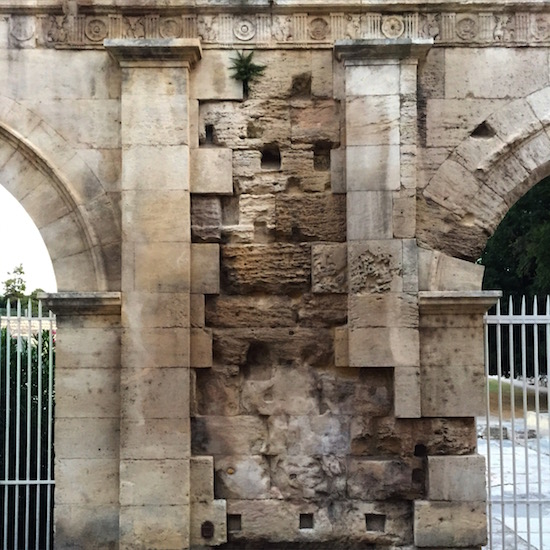Sigurd Curman, “Principles of Restoration: Examples and Desiderata (1906),” Future Anterior, no. 2, vol. 7 (2010): 68.
ICOMOS, “International Charter for the Conservation and Restoration of Monuments and Sites (The Venice Charter, 1964)” →
For a good primer on the school of typological urban morphology, see Gianfranco Caniggia and Gian Luigi Maffei, Composizione architettonica e tipologia edilizia: Vol 1, Lettura dell’edilizia di base., Vol 2, Il progetto nell’edilizia di base (Venice: Marsilio Editori, 1979).
Antonio Almagro, “Arde Sagunto: La Polémica Restauración del Teatro Romano,” Arquitectura Viva no. 32 (September–October 1993): 67. My translation.
Manuel Marín, “El TS echa abajo la rehabilitación del Teatro Romano de Sagunto: Considera que su reconstrucción vulnera la Ley de Patrimonio HIstórico,” Diario ABC, October 18 2000, 48.
“El TSJ considera 'imposible' demoler las obras del Teatro Romano de Sagunto,” El Mundo, April 27, 2009
Beatrice A. Vivio, “Transparent Restorations: How Franco Minissi Has Visually Connected Multiple Scales of Heritage,” Future Anterior, no. 2, vol. XI (Winter 2014): 1–17.
Colin Rowe and Robert Slutzsky, “Transparency: Literal and Phenomenal…,” Perspecta 8 (1963): 45–54.
Margarita Lázaro, “Denuncian la construcción de un merendero sobre un yacimiento arqueológico de más de 6.000 años,” Huffington Post →
“Mayan pyramid bulldozed by Belize construction crew,” BBC News, May 14, 2013 →
Eyal Weizman, “Introduction: Forensis,” in Forensis: The Architecture of Public Truth (Berlin: Sternberg Press, 2014), 9–32.
Jacques Derrida, The Truth In Painting, trans. Geoff Bennington and Ian McLeod (Chicago: University of Chicago Press, 1987).
Derrida would have argued that the frame is still conceptually there in a frameless painting. The denial of the physicality of the frame is an acknowledgement and affirmation of its conceptual role in creating a border within which the painting is constituted as the site of meaning, and outside of which there is only insignificance. The frame’s invisibility could be read as an unknowing attempt to express its conceptual status as a nonentity.
Derrida, The Truth In Painting, 45
It is worth pausing for a moment to consider how the supplement can be against the work that it is part of. For example, the missing portions of the Erechthion’s caryatid column are supplemented with square masonry and a titanium rod. Physically, these supplements are the work. Without both old and new pieces, the column does not stand up. But they are crafted in a deliberately crude and unadorned way. On the aesthetic level the supplement prevents us from immediately appreciating the aesthetic unity of the work—we must imagine it. At the same time, they prevent the ancient fragments from disaggregating completely. That is to say, conceptually the supplement is positioned against allowing the monument to naturally decay into a formless ruin.
All photographs appear courtesy of the author unless otherwise noted.
